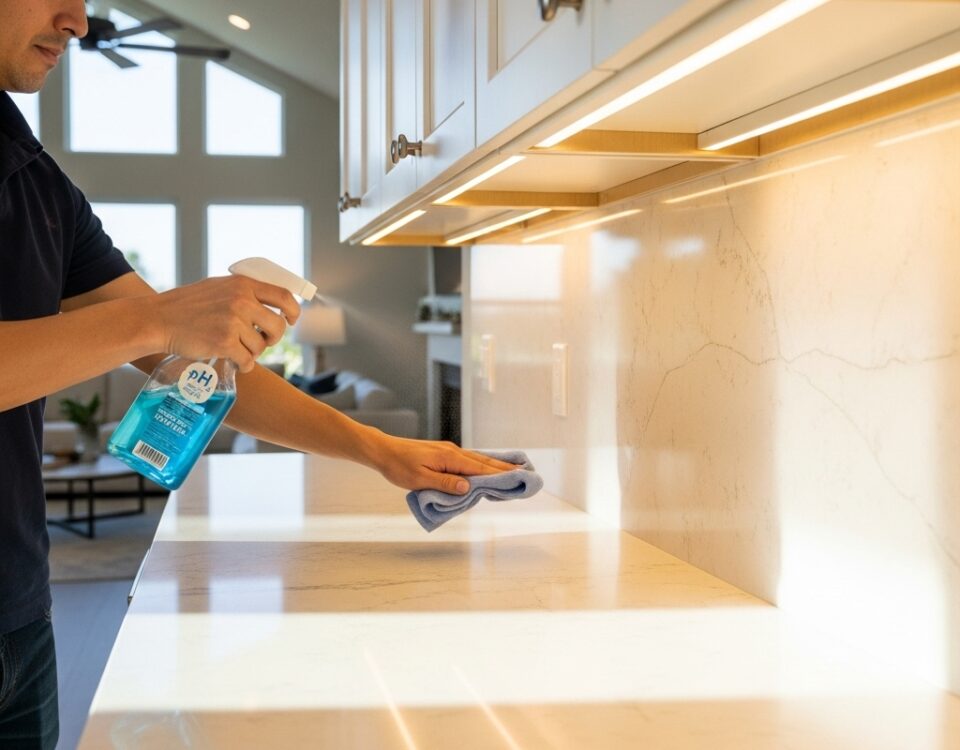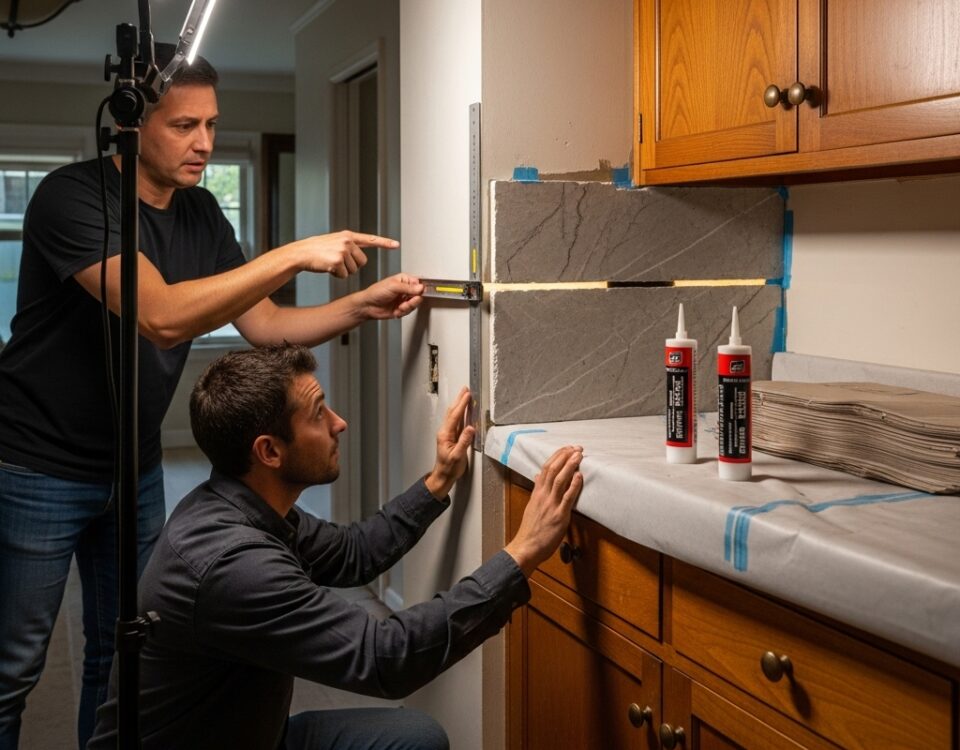Slate, Travertine, or Quartzite: Unraveling the Charm of Different Stones for Showers
February 21, 2024Choosing Backsplash Colors: How to Match Your Kitchen or Bathroom
February 26, 2024Backsplash Installation 101: A Comprehensive Guide for DIY Enthusiasts
Installing a backsplash is a transformative project that can elevate the aesthetics of your kitchen or bathroom while offering a protective barrier against water damage and stains. For DIY enthusiasts looking to undertake this rewarding task, this comprehensive guide outlines the essential steps and tips to ensure a successful backsplash installation.
The Essentials of Backsplash Installation
Before diving into the installation process, it’s crucial to understand the purpose and benefits of a backsplash. Beyond its functional role in protecting walls from splashes and spills, a backsplash serves as a focal point in kitchen and bathroom design, offering an opportunity to infuse personal style into the space.
Choosing the Right Materials
Selecting the appropriate material for your backsplash is the first step in the installation process. Options range from traditional ceramic and porcelain tiles to more contemporary choices like glass or metal tiles. Consider factors such as durability, ease of cleaning, and compatibility with your existing decor when making your selection. Additionally, ensure you have all necessary tools and materials, including tile adhesive, grout, a notched trowel, and a tile cutter or saw.
Preparation and Planning
Proper preparation is key to a successful backsplash installation. Begin by measuring your space to determine the quantity of tiles needed, adding 10% to account for cuts and waste. Clean and dry the wall surface to ensure a strong adhesion, and plan your layout carefully. For DIY beginners, starting with a simple, straight pattern may be advisable, gradually progressing to more complex designs as confidence and skill levels increase.
Step-by-Step Installation Guide
With your materials chosen and preparations complete, you’re ready to embark on the installation process. Here’s a step-by-step guide to help you through:
Applying the Adhesive
Spread tile adhesive on the wall using a notched trowel, working in small sections to prevent it from drying out. The notches help ensure an even application, which is critical for a flat and secure tile placement.
Setting the Tiles
Place your tiles onto the adhesive, using spacers to maintain uniform gaps between them. For tiles that require cutting, use a tile cutter or wet saw, and always wear safety equipment. Press each tile firmly into place, wiping away any excess adhesive with a damp sponge.
Grouting the Tiles
After allowing the adhesive to dry for the recommended time, remove the spacers and apply grout using a rubber float. Work the grout into the gaps, removing excess as you go. Once the grout has set slightly, clean the surface with a damp sponge to remove any residue.
Sealing and Finishing
For certain materials like natural stone, applying a sealer is recommended to protect against staining. Finally, admire your handiwork! Installing a backsplash is a rewarding DIY project that not only enhances the beauty of your home but also instills a sense of accomplishment.
By following these steps and employing patience and precision, DIY enthusiasts can successfully install a backsplash, adding both functionality and flair to their kitchen or bathroom.




